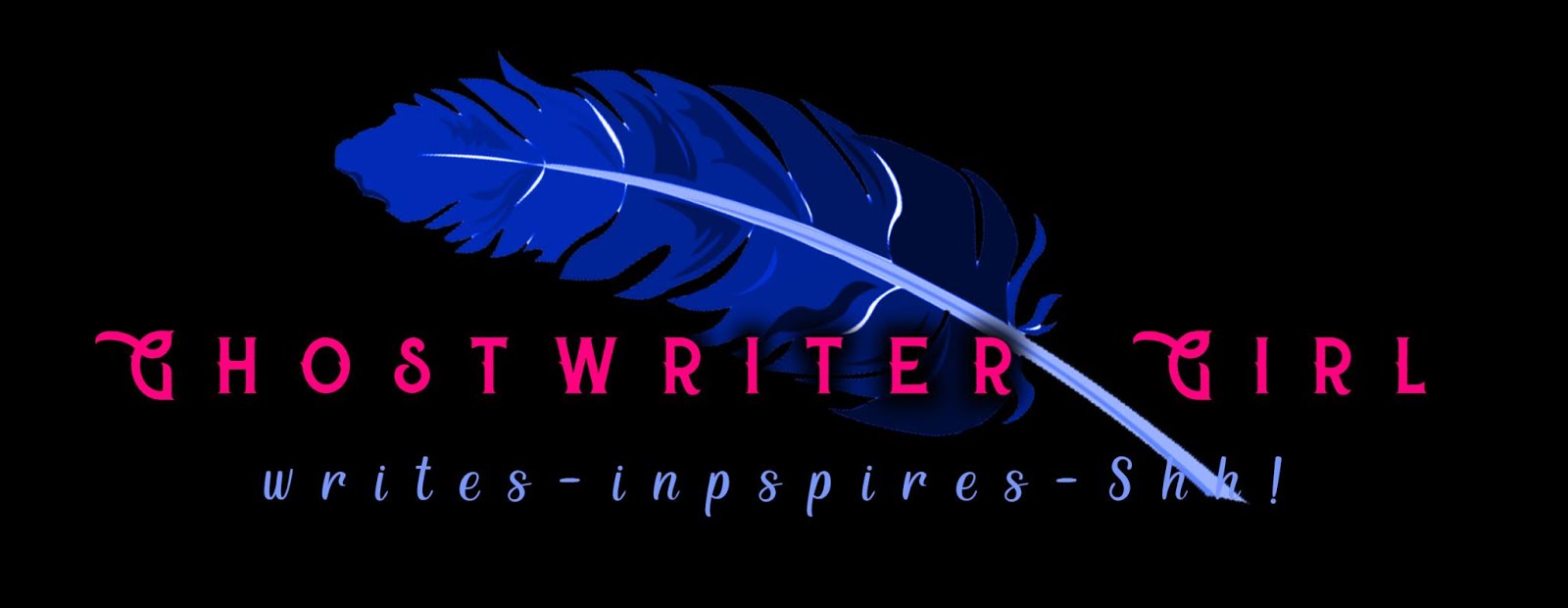Most
of the information is Les Edgerton’s Hooked
is a somewhat helpful review with a few new ideas.
Probably
the most obvious of Edgerton’s advice is “backstory in moderation” meaning
backstory should only be used when essential and sparsely then. This is a
commonplace piece of advice, but something many writers still struggle with.
Edgerton gave a good example of sparse backstory being used very effectively
with Kevin Canty’s King of the Elephants.
Canty opens with “The third time we put my mother into the hospital...” and
goes on to describe what happened when the protagonist’s mother was
institutionalized. The brief allusion informs the reader while keeping the
story moving.(Edgerton ch. 4). The first time I succeeded in effectively using
minimal backstory was in The Fate of a
Marlowe Girl. The heroine tells a stranger her parents think she’s upset
that her sister’s marrying Emmett(who you later learn was her boyfriend until
he met her sister) instead of saying her parents think she’s upset that her
sister is getting married. The use of his name raised a flag for readers.
Another
concept worth mentioning is “the calm before the storm” opening. Edgerton’s
example is A Dirty Job by Christopher
Moore. The story opens with a comical scene in a delivery room where an overly
concerned husband/dad is driving everyone, including his wife, insane. She
kicks him out of the room, and when he comes back, she’s dead. Opening with
such normalcy alerts readers something big is going to happen soon and by the
time it does, they like the characters involved.(Edgerton ch. 4). I knew this
concept but not that it was acceptable or even common. Until I read this I’d
been terrified I had opened my manuscript Perfect
Harmony wrong with a normal scene between two high-school sisters, but I
wanted readers to know both girls because in a chapter or two one is dead.
New
to me was the author’s view on drama versus melodrama. Edgerton seems to think
most big scenes are melodramatic where a smaller dramatic scene might make more
impact. I’m not sure I agree with this. As a reader, I like big scenes. Because
of this view, he recommends starting with a small dramatic scene that leaves
room to build on. His example is Thelma
and Louise. At the beginning of the movie, Thelma is about to ask her
husband for permission to go on a trip with her friend, but he snaps at her. So
she decides to go without asking. Edgerton thinks this is dramatic.(Edgerton
ch. 3). Leaving room to get bigger made sense to me, but with less than one
percent of the slush pile getting read the idea of starting small was absurd. However,
after I thought about it, most of my favorite openings do start small and grow.
My favorite opening, Gayle Foreman’s If I
Stay, starts with a family making pancakes and planning their day. Not
exactly huge.
Hooked is
mostly a review with a new idea here and there.


No comments:
Post a Comment